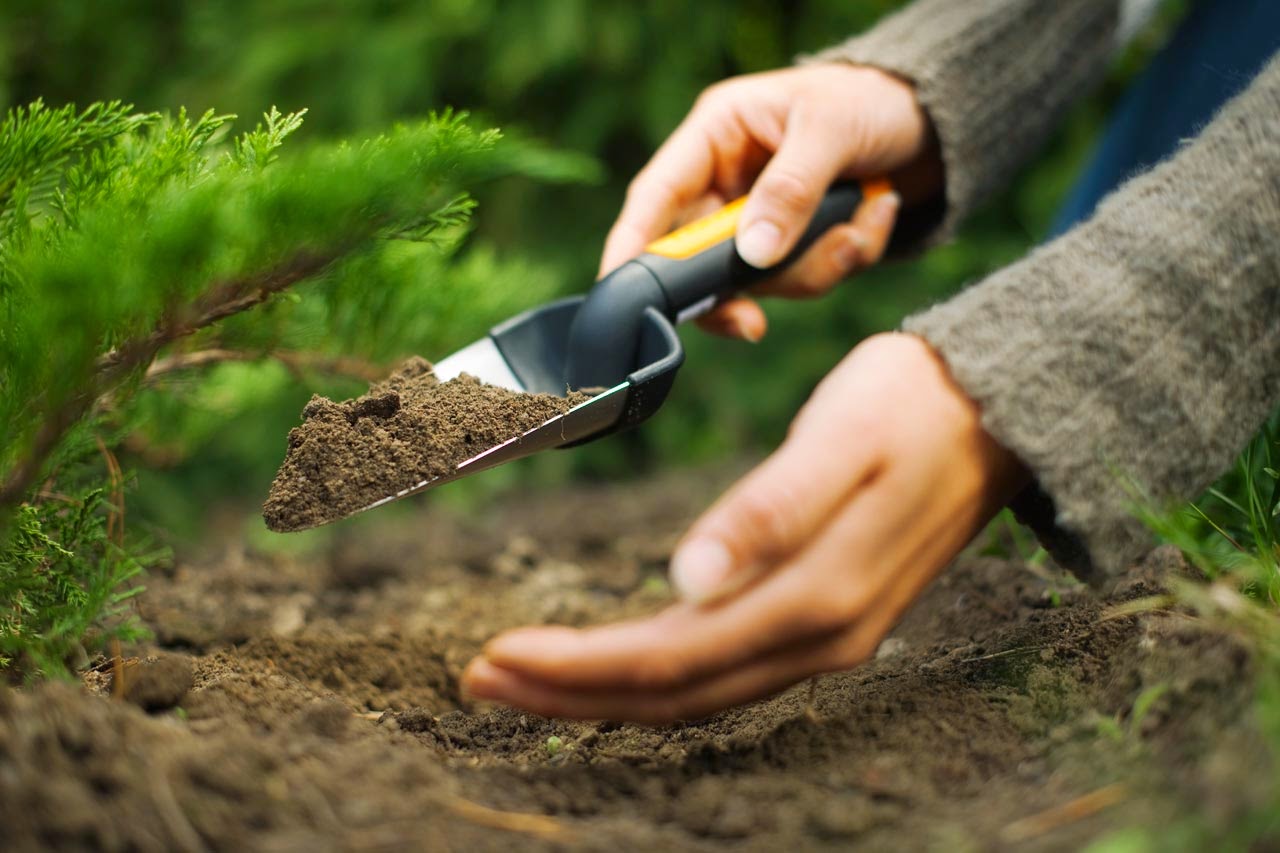
It can also be used for cutting back many perennials. Niwashi: If you have flax in the garden, this is the tool for you, making it easy to remove old leaves.If you buy a nice sharp pruning knife you can also use it for removing small branches and taking woody cuttings. Pruning knife: A knife is always handy in the garden for cutting string, opening bags of potting mix and so forth.There are folding models and those with fine (for thin branches) or coarse teeth. If you have lots of trees in the garden, you need a pruning saw. Pruning saw: These are for even bigger branches (3cm-plus in diameter) and will often make a cleaner cut than loppers.Talk to a garden tool specialist if you are unsure what’s best for your garden as good loppers aren’t cheap. There are many different types to choose from, including those with short, long or telescopic handles. Loppers: These chopping tools are for cutting thicker, woody stems and branches.There are many different types including left- and right-hand models, those with stronger blades for woody stems, and ergonomic designs with ratchets and gears. Secateurs: These strong, sharp scissors are great for pruning, deadheading, snipping off thin, dead branches and cutting back perennials.There are several different types of blade according to use. Hoe: Hoes are great for cultivating soil and removing small weeds from vege patches or other large areas without having to get down on your knees.Fork :Essential for turning and moving compost, harvesting root vegetables, breaking up soil, moving mulch and lifting out plants.Rake: There are many different types of rake but you’re bound to need one if you have lots of leaves in the garden (lightweight), or want to spread gravel, soil, compost and mulches (a more heavy-duty metal).Shovel: Like a spade but with a round end, a shovel is a must for moving stuff such as mulch, compost and soil.


Make sure it’s the right height for you and there’s a solid connection between blade and handle. Don’t choose a cheap spade as the handle won’t last long and the blade might bend in hard ground. Spade: The most useful tool you can have in the garden, whether it’s for digging a hole to plant a new shrub, cutting edges or turning over the soil in the vege patch.Hand fork: ideal for loosening soil or weeding in heavily planted beds.You can also buy curved weeders for crevices and Japanese weeders that serve as a cutting tool. Hand weeder: Although you can use a trowel for weeding, there are many hand weeders on the market that do the job better, some with forked metal prongs, others with a narrow, more solid shape for weeds with tough roots.Trowels can be broad and spade-like or narrow, depending on what you use them for. Make sure the handle is robust and fits nicely in your hand. Trowel: Essentially a mini-spade, a trowel is for weeding, light planting or transplanting small seedlings, and repotting container plants.When you buy, try not to skimp on quality – well-made tools always pay for themselves in the long run. To get you started we’ve compiled our list of the essential tools every gardener should have in their shed. There are many different tools to choose from and deciding what’s best for you will depend on your garden’s size and the time and ability you have to work in it. Some newbie gardeners find it hard to know where to begin, but making sure you have the right gardening tools is the obvious first step. From pruning and making compost, to tying up broad beans and deadheading roses, there’s a seemingly endless list of things to do at different times of year. Gardening can be confusing for beginners. Saradomin wizard will attack.These essential gardening tools will have every gardener planting, potting pruning and picking in no time (green thumbs not included) You must have started the Legends Quest and bring a machete and hatchet to get into the Kharazi Jungle. Kharazi Jungle, on the small peninsula in the most South-western corner. In your particular case, that list gives the description

All of this information comes from tip.it.Īlternatively, you can look up your coordinate in a list such as this one. Then you can click "Get Location" and you will get your current North-South and East-West coordinates. Click the arrows until the horizon is in the center of the viewport and the center of the sun is on the horizon. When you use the sextant, you will see an image similar to the one below, and some arrows. Both the map and the compass can be added to the toolbelt, so you don't need to remember to carry them around.

In order to find a coordinate clue, you need to have the map, compass, and sextant in your inventory, and you need a spade to dig at the destination.


 0 kommentar(er)
0 kommentar(er)
